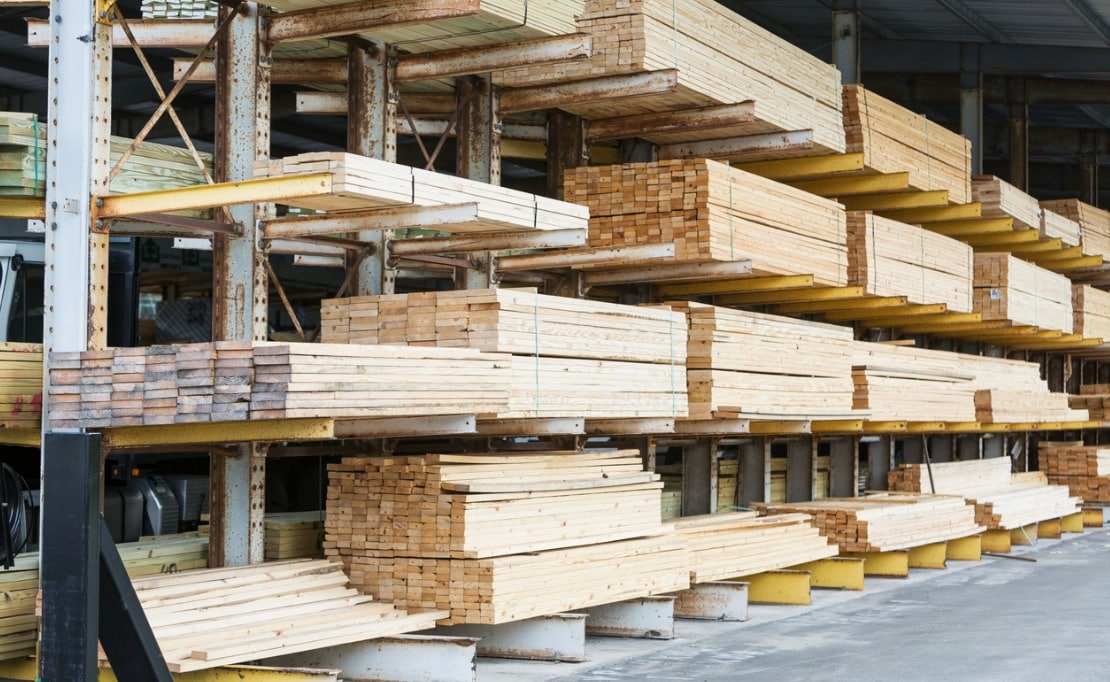The construction industry has seen a significant evolution in the way building materials are sourced, processed, and utilized. This article delves into the historical and modern context of how building materials were and are being produced, with a focus on sustainability, technological advancements, and the future of construction.
The Dawn of Building Materials
The earliest building materials were naturally occurring substances like mud, stone, and wood. Humans initially used these materials in their raw form, but over time, they developed techniques to manipulate and enhance their properties. For instance, mud was mixed with straw to create a more durable and insulating material known as cob.
The Age of Discovery: Metals and Concrete
The discovery of metals like copper, bronze, and iron revolutionized the construction industry. These materials were stronger and more durable than their predecessors, allowing for the construction of larger and more complex structures. The Romans were the first to use concrete, a material that remains a staple in modern construction. They combined volcanic ash, lime, and water to create a mixture that could harden into a solid mass, paving the way for the construction of iconic structures like the Colosseum.
The Industrial Revolution: Steel and Glass
The Industrial Revolution brought about significant advancements in the production of building materials. The mass production of steel and glass allowed for the construction of skyscrapers and other large-scale structures. Steel, with its high strength-to-weight ratio, became the backbone of modern architecture, while glass allowed for the creation of transparent walls, revolutionizing architectural design.
The Modern Era: Synthetic and Composite Materials
The 20th century saw the of synthetic and composite materials. Plastics, fiberglass, and other polymers became popular due to their versatility, durability, and cost-effectiveness. Composite materials, which combine two or more materials, offer superior properties such as high strength, light weight, and resistance to environmental conditions.
The Future: Sustainable and Smart Materials
As the world grapples with climate change and resource scarcity, the focus has shifted towards sustainable and smart materials. These include materials made from recycled waste, bio-based materials, and materials that can self-heal or adapt to their environment. For instance, researchers are developing concrete that can heal its own cracks using bacteria, potentially increasing the lifespan of structures and reducing maintenance costs.
Conclusion
The evolution of building materials is a testament to human ingenuity and adaptability. From the humble beginnings of mud and stone to the sophisticated materials of today, each advancement has shaped our built environment in profound ways. As we look to the future, the focus on sustainability and smart materials promises to usher in a new era of construction that is not only efficient and durable but also in harmony with our planet.

